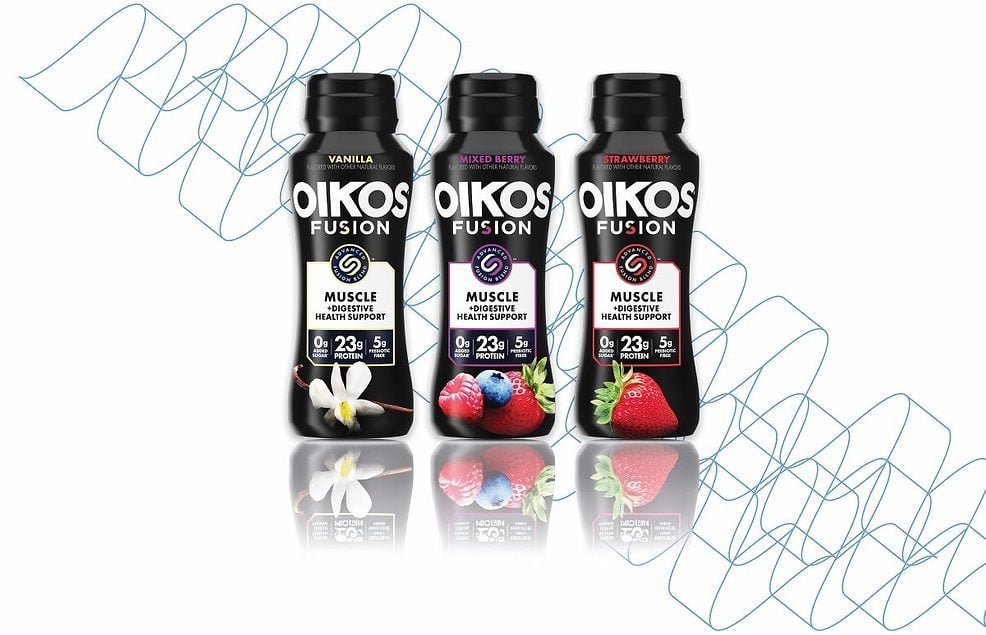The future of protein lies in quality rather than quantity, specifically focusing on essential amino acids. While there are 20 amino acids in total, the body can produce 11 of them when the essential nine are present in sufficient amounts. As formulators work on creating protein-rich foods and beverages, the emphasis is shifting towards the amino acid profiles. This is particularly important when using plant proteins, where blending multiple sources can help achieve a complete amino acid profile.
The Recommended Dietary Allowance (RDA) for protein in healthy adults is around 0.35 grams per lb of body weight per day, as recommended by organizations like the World Health Organization and the US Department of Agriculture. For a 150-lb healthy adult, this translates to about 55 grams of protein, the minimum amount required to prevent deficiency. However, for optimum health, a higher protein intake is generally recommended, ranging from 0.35 grams up to at least 1 gram per lb.
Athletes, individuals who exercise, and aging adults looking to stay physically fit may require higher protein intake. As we age, the body becomes less efficient at utilizing dietary protein, making the quality and distribution of protein crucial.
It’s essential to focus on high-quality proteins that are rich in essential amino acids, such as leucine, known for its role in muscle recovery and development. Whey protein isolate, milk protein concentrate, and egg protein are examples of proteins with high leucine content. However, the overall amino acid profile of the protein is equally important, as proteins vary in their composition and bioactivity.
Protein supplements often provide detailed amino acid breakdowns on their labels, which may become more common in packaged foods as consumers become more aware of protein quality. Retailers like Aldi are already offering products like Elevation Protein Puffs with a focus on amino acid composition and BCAA content.
When it comes to determining the protein content of a product, looking at the percent Daily Value on the Nutrition Facts label can be helpful. The Protein Digestibility Corrected Amino Acid Score (PDCAAS) is used to assess the quality of protein, with animal proteins and soy protein typically scoring higher than plant proteins.
As we age, increasing protein intake becomes crucial to prevent muscle and bone loss. It’s important to focus on the quality of proteins by ensuring a balanced essential amino acid profile. This shift towards protein quality is gaining traction in the health and wellness communities, emphasizing the importance of essential amino acids for overall health outcomes.
Incorporating 30 grams of protein, especially in the morning meal, can have significant benefits for muscle recovery and overall health. Products like Oikos Protein Shakes from Danone North America provide a convenient way to get a complete protein source with essential amino acids. By understanding the role of essential amino acids and focusing on protein quality, individuals can optimize their protein intake for better health outcomes.

